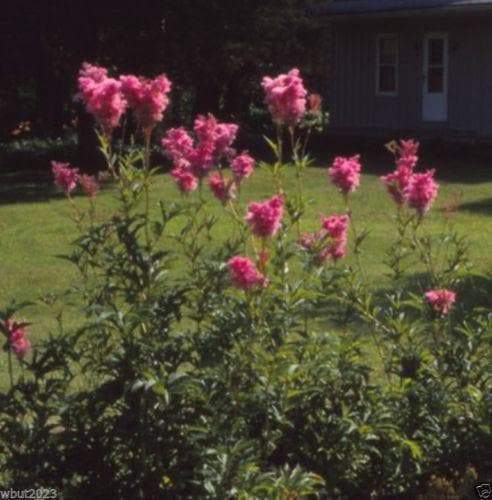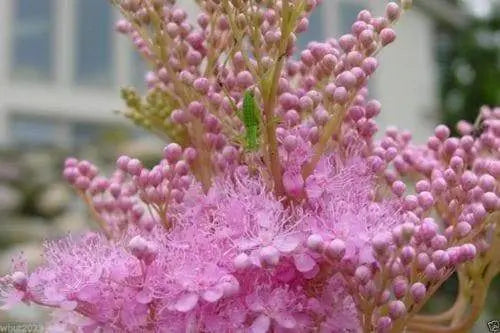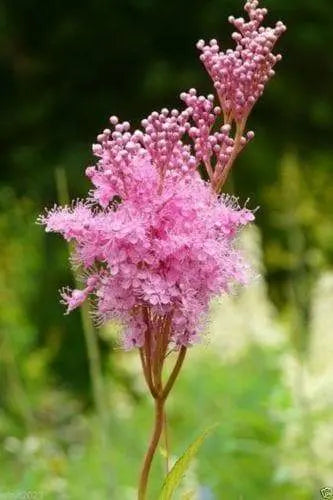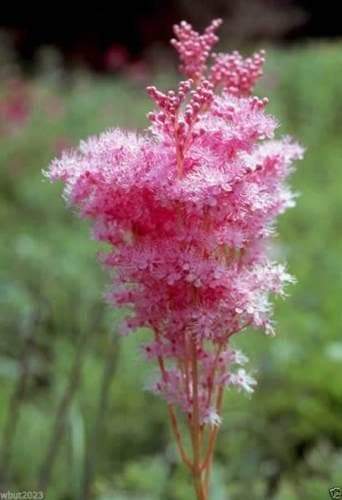
Queen of the Prairie Seeds - Filipendula rubra - Beautiful, US Native Wildflower
Most orders are processed by the next day
Select your desired size and/or color from the available options.
About Queen of the Prairie: This native member of the rose family was first described and classified by Sir John Hill (1716-1775), an English botanist greatly honored for the botanical research which he published in a series of 26 volumes called The Vegetable System. American botanist Benjamin Lincoln Robinson (1864-1935), curator of Harvard University’s Gray Herbarium, continued researching this species and reclassified it. The genus name Filipendula comes from the Latin words for “thread” and “hanging,” referring to the unique root structure of several species in this family. The species name “rubra” means red.
Growing Queen of the Prairie Seeds: These plants do not tolerate drought well, and the soil should be kept consistently moist and rich. Dry soil or too much sun tends to damage the foliage, since this plant prefers cooler weather. When grown from seed, this plant will start producing flowers in its second year. Deadheading will not produce new flowers, though cutting back the plant will cause new growth of foliage. Mature plants can be divided in the fall after they have gone dormant; they will also self-seed and spread by rhizomes, though volunteer plants can easily be removed. This plant attracts bees and resists deer.
Harvesting Queen of the Prairie: For fresh flowers, cut long stems of flowers that have just opened and place them in water immediately; strip the leaves that will fall below the water.
Saving Queen of the Prairie Seeds: After blooming, the flower head will develop clusters of seed heads that turn from green to red to brown. Remove entire seed heads when they have ripened to reddish brown, and spread them out to dry. Since the heads will not split, they must be crushed to remove the fine seed; however, they can also be planted without being cleaned. Separate the seed from the stems and store in a cool, dry place.
Detailed Queen of the Prairie Info: Origin: US Native Other Common Names: Duration: Perennial Bloom Time: Summer Height: 48-60 inches Spacing: 18-24 inches Light: Full Sun Soil Moisture: Wet USDA Zone: 3a-8b Produces deeply divided, toothed leaves and smooth stems topped by large clusters of fragrant, delicate pink flowers
On Mar-18-15 at 12:44:28 PDT, seller added the following information: Select your desired size and color from the available option
LET OUR CUSTOMER SPEAK FOR US
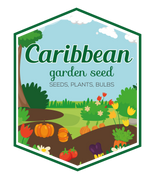
![[Seeds] - Caribbeangardenseed](http://caribbeangardenseed.com/cdn/shop/files/gift-card-gift-card-1_1024x1024_dfa857db-9150-4315-a362-7f0bb3fb9c47_60x28.png?v=1703978838)
